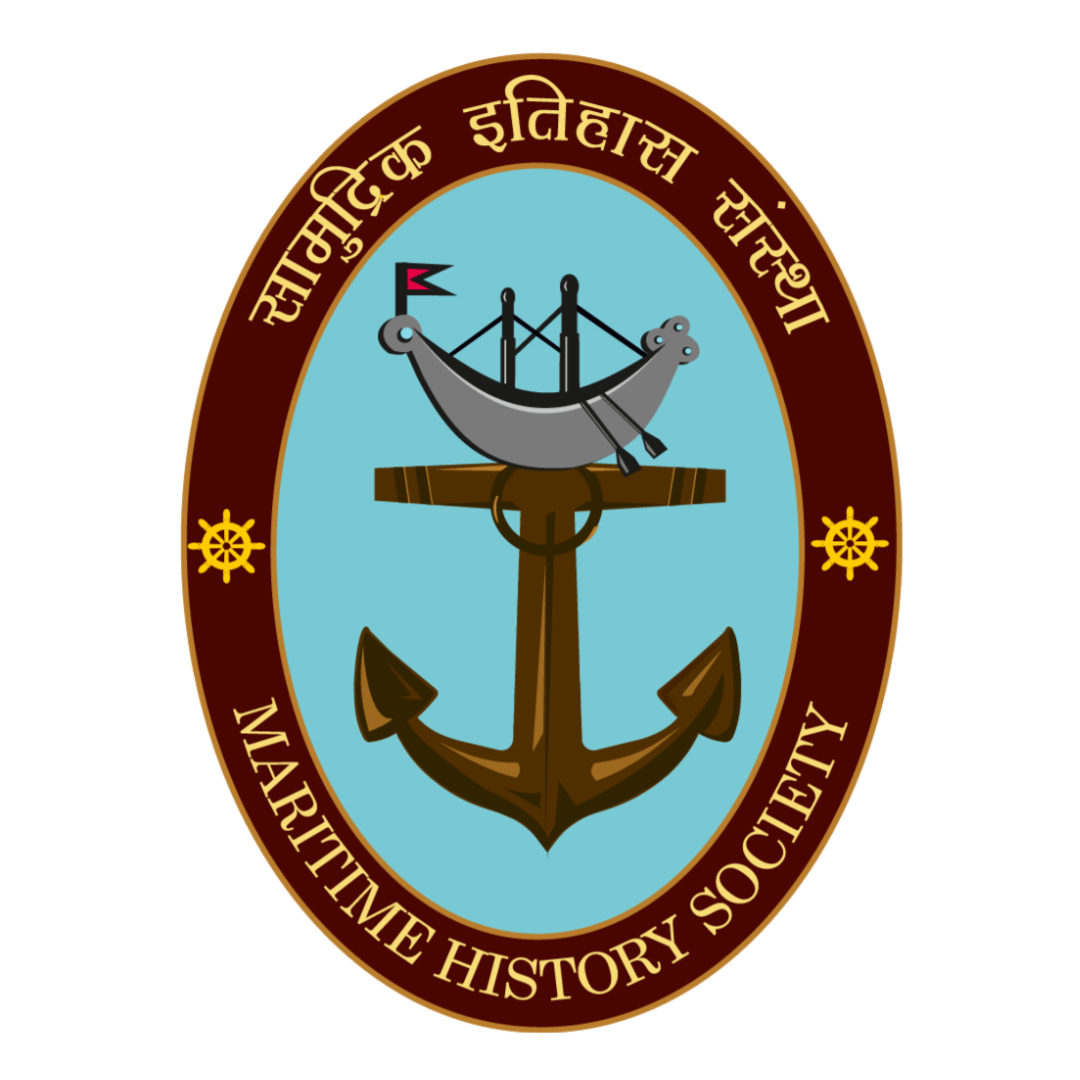“Geography provides strategy with underlying continuity, a point that is generally
true, but is especially important for the sea.”
– British Military Historian Hew Strachan
Oceans have been the canvas of connectivity across time. The evolving nature of human movement across the two ocean regions of Indian Ocean and Pacific Ocean have witnessed transfusion of culture, commerce and contestations. Across the expanse of this geopolitical space India’s maritime theatre has been a geographical hub and a conceptual axis to connect continents and power dynamics through history.
Rajat Pandit in the Times of India expounded on the country’s first Maritime Theatre Command which is set to take shape by 2021, with its Commander-in-Chief having full operational control over the Eastern and Western Naval Fleets, Maritime Strike Fighter Squadrons, two Amphibious Infantry Brigades and Indian Coast Guard assets. The MTC is claimed to be the first new Geographical or Theatre Command to be established as part of the biggest – ever military restructuring plan to build an integrated land – sea – air war fighting machinery. Since China remains the primary focus for Indian military planners and the maritime domain is acquiring greater strategic salience, the possible creation of the first Maritime Theatre Command (MTC) at the Seabird Naval Base in Karwar needs fruition. Merely articulating a joint doctrine does not mean we are ready to put aside years of single service operating peculiarities.
The historical backdrop to India’s penchant for theater strategy goes back to the 1999 Kargil war and the two committees that were headed by K Subrahmanyam and Naresh Chandra which made a slew of recommendations to the government regarding higher defence management. The creation of the Chief of Defence Staff (CDS) was prime among those recommendations and the incumbent can be seen at work now, the latest salvo being the Integrated Maritime Theatre study by the Vice Chief of the Naval Staff (VCNS) that is due for submission shortly.
Striking a different note, Nitin Pai in the Print recommends the need of two theatres of command. This is to take cognisance of the geographical expanse of India. He states that from Bay of Bengal to Arabian Sea, the waters that surround India have distinct geographies and politics. Indian military’s most significant reform should reconsider that fact. The adversaries, geopolitics, operational contexts, missions and roles in the waters to India’s West, South, East and beyond are vastly different in terms of theatre. Had India’s changed economic and fiscal trajectory not been a factor, Nitin Pai advocates to have the small Andaman and Nicobar Command evolve into a regional power projection role, specialising in traditional “out of area” operations in deeper partnership with friendly foreign armed forces.
The design of Maritime Theatre Command has historically and even contextually seen the geographical and geopolitical aspects in a linear manner. Changing dynamics of India’s maritime policy must guide presence, influence and integration in a multidimensional perspective. In 2019, Chief of Naval Staff, Admiral Karambir Singh put his emphasis on India adopting a multi-linear and collaborative approach to IOR and beyond. That approach must lead the formation of any Theatre Command construct in the maritime space. The strategy of Malabar Confluence, that builds on a historical influence leading all the way from medieval Indian Ocean linkages to the Malabar Exercise framework is a worthy reference. That approach would truly identify India as a “Preferred Security Partner” in the region.
India has been bolstering its strategic relationships within a multidimensional framework. The successfully conducted Malabar Exercises further strengthens a hitherto academic quadrilateral framework. Another multilateral framework saw the launch of the Information Fusion Centre – IOR for scaling up the maritime domain awareness within collaborative paradigm. These examples ideate how India’s maritime strategy should realize its geographical potential in IOR, cooperative approach and greater coherence in multi dimensional framework before stepping towards designing the single “geographical” maritime theatre command.



0 Comments